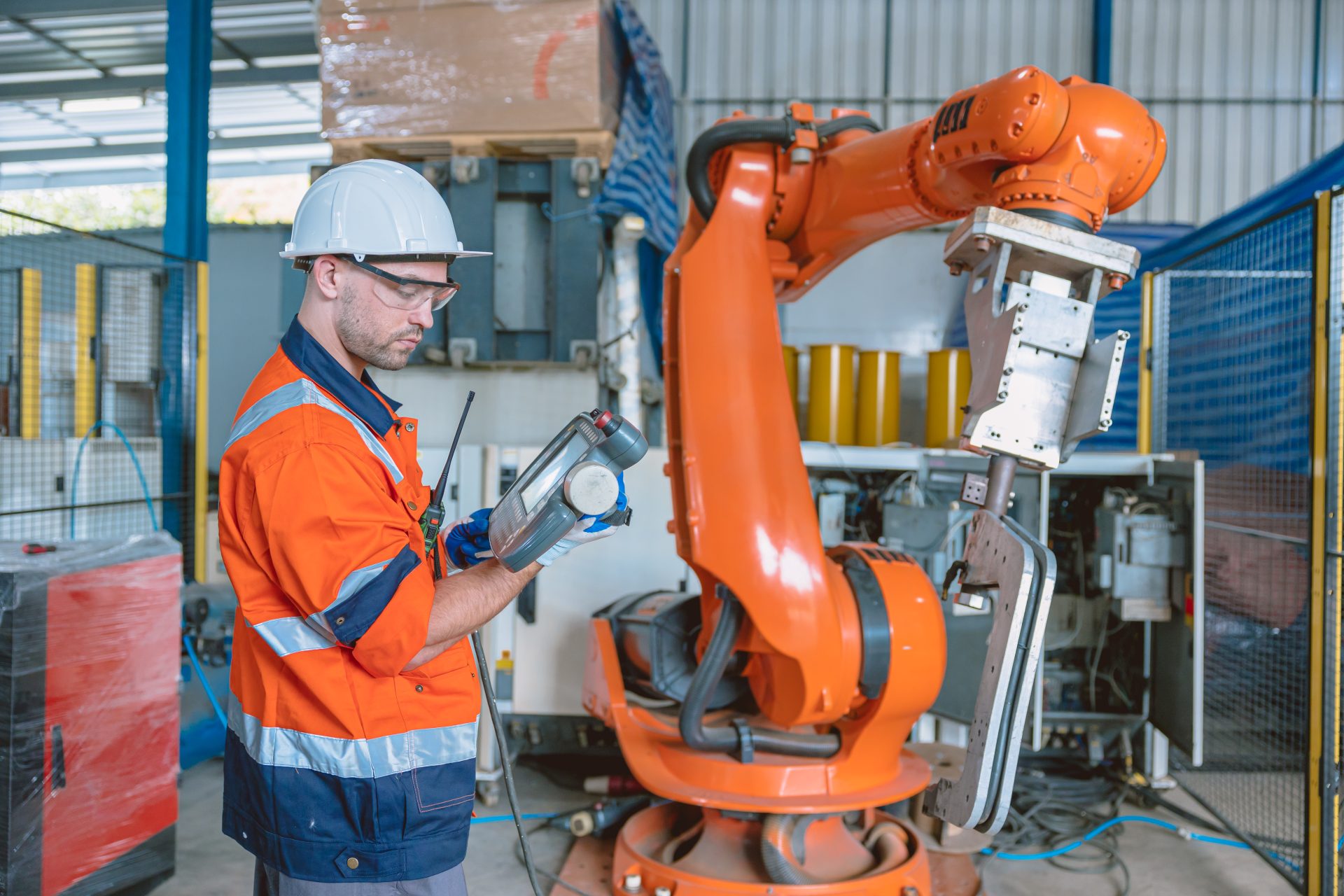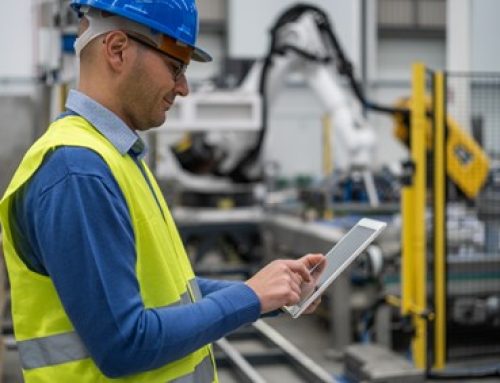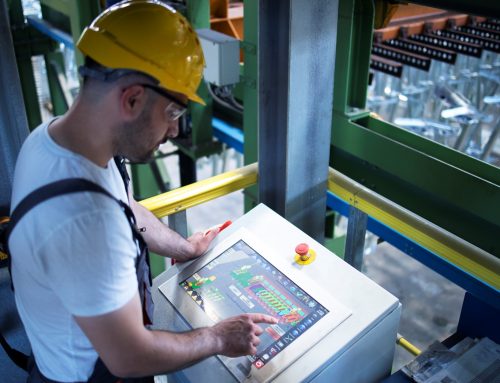Discover how autonomous maintenance, one of the pillars of TPM, can prolong the life cycle of your assets and optimize your company’s management.
Autonomous maintenance is one of the pillars of TPM (Total Productive Maintenance) and is of great importance for asset management optimization. It is based on the responsibility of operators to perform maintenance and inspection activities on their own equipment, seeking to reduce costs and increase the efficiency of production processes.
With this approach, it is possible to extend the life cycle of assets, increase the availability and quality of equipment, as well as improve the performance of the operators’ team.
But how to implement this strategy? That’s what we’ll talk about in this post!
How to implement autonomous maintenance in asset management?
Autonomous maintenance is a practice that aims to increase the useful life of assets, reduce maintenance costs, and minimize unplanned downtime.
This is achieved by involving machine operators in daily maintenance activities, such as cleaning, inspection, adjustment, and lubrication. The goal is to empower operators to detect and prevent future problems with machines and increase equipment reliability.
To implement it in your asset management, we suggest the following steps:
- Create a team dedicated to autonomous maintenance, including a leader and members of the involved teams.
- Identify critical machines and equipment that need to be maintained and create an autonomous maintenance plan for each one.
- Train the team on autonomous maintenance processes and procedures to execute them safely and efficiently. Here, it is worth creating an inspection itinerary on a daily, weekly, monthly, and so on basis, according to the equipment’s specifications and needs.
- Regularly monitor autonomous maintenance activities to identify improvement opportunities and necessary adjustments.
- Share information and results with other teams and departments in the company to obtain greater engagement and collaboration.
By implementing autonomous maintenance, you will be empowering your team to take more responsibility for asset maintenance, reducing costs and increasing asset management efficiency.
What are the pillars of TPM and how can they help extend the life cycle of assets?
TPM (Total Productive Maintenance) is a maintenance management methodology that seeks to maximize the efficiency of production processes and increase the useful life of assets. It consists of 8 pillars, and Autonomous Maintenance is one of them. But there are others that also contribute to extending the life cycle of assets. Check it out:
- The Planned Maintenance pillar, as we saw, schedules interventions in equipment based on technical and economic criteria, avoiding unplanned downtime and extending the useful life of assets.
- The Quality Maintenance pillar implements internal processes to detect and eliminate causes of defects in production, seeking zero defects and customer satisfaction.
- The Specific Improvement pillar identifies and solves chronic problems that affect equipment performance, applying failure analysis and continuous improvement techniques.
- The Initial Control pillar ensures that new equipment or projects are compatible with the company’s quality, safety, and productivity standards, from planning to operation.
- The Training pillar trains employees to acquire and maintain the technical and management knowledge necessary for TPM implementation and management.
- The Safety and Environment pillar prevents work accidents and minimizes the environmental impact of production activities, following legal and ethical standards.
- The Administrative TPM pillar optimizes production support processes, such as purchasing, sales, logistics, finance, etc., eliminating administrative losses.
By implementing autonomous maintenance as one of the pillars of TPM, it is possible to extend the life cycle of assets, reduce costs, and increase productivity. Simple preventive maintenance actions performed by operators themselves can make a big difference in process efficiency and effectiveness.
Did you know that Manusis4 can help your business implement autonomous maintenance processes? Request a demo and learn more!






Leave A Comment